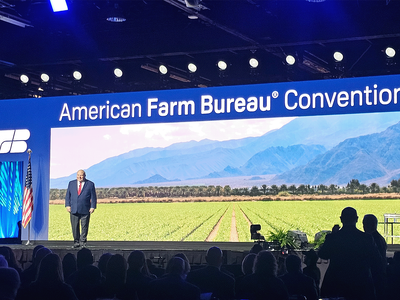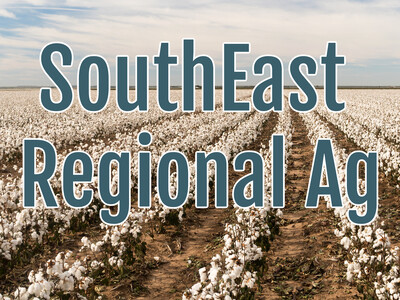Ag Coexistence & The Cost of the 12 Days
Ag Coexistence & The Cost of the 12 Days plus Food Forethought. I’m Greg Martin with today’s Northwest Report.
The U.S. Department of Agriculture’s Advisory Committee on Biotechnology and 21st Century Agriculture has released a final set of recommendations on enhancing coexistence among different crop production methods. North Dakota Ag Commissioner Doug Goehring - a member of the committee - says the committee also suggested that if enough data was available on economic losses - USDA should move forward with a type of crop insurance product - although he says the panel found little producer support for that.
GOEHRING: At this point in time we could not find anything and we spent a year and half on this and nothing ever came forward. And all the panels that we had, grower panels and other marketing panels, they really didn’t show or talk about any of this to any great degree. And they never even asked for a crop insurance type of product, in fact to the contrary. Many of them said they thought it would compromise their risk reward premium that they get in the marketplace.
So you want to get your loved one the items on the 12 days of Christmas list. Be prepared to pay for it. All 364 items listed in the song will cost about 6% more this year than last. Total? $107,300. Not that I’m all excited about trying to corral 7 swans a swimming or squelch the exuberance of all those leaping lords but just in case you had the extra limit on your platinum embossed credit card...who does these thing?
Now with today’s Food Forethought, here’s Lacy Gray.
As China’s population continues to swell, to too does that country’s demand for meat, which in turn creates a growing reliance for U.S. soybeans. Soybean production in China has actually been on the decline over the last few years because more land there is continually being switched to grow corn, due to the fact that the return on soybeans for farmers in China is far less than what they get for corn. At the same time, China’s ever growing urban population’s demand for meat creates an urgent need for ingredients used for livestock feed. China favors soybeans over feed grain because it’s cheaper to export and can still be used to bulk up cattle and poultry for mass consumption. In the past China has complained about the quality of U.S. soybeans in terms of protein, but China now reports that they find the quality of U.S. soybeans to be very good, and that they are very happy to buy U.S. soybeans in the coming year, to the tune of over 317 million bushels. In fact, China purchased nearly sixty percent of the U.S. soybeans sold internationally last year. It does make you wonder though if the United States will be able to continue to satisfy China’s insatiable appetite for soybeans.
Thanks Lacy. That’s today’s Northwest Report. I’m Greg Martin on the Ag Information Network.














